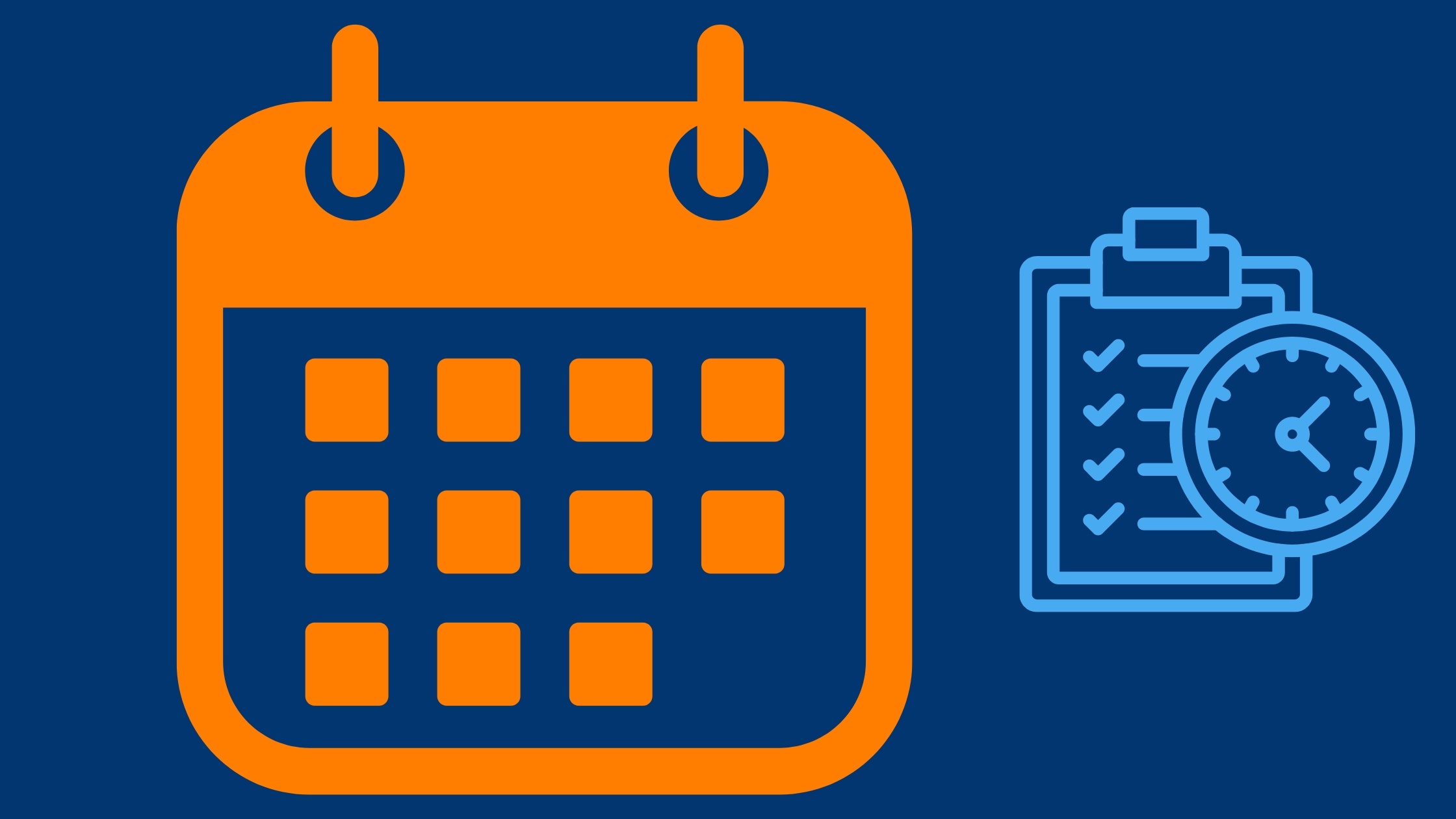So many of us get to the end of the day and wonder where the time went. We feel like more should have gotten done and that there are more tasks on the list than when the day started. We’re also not making any progress on things that matter (i.e., growing the business, building skills, getting in better shape, etc.)
This post briefly covers a time management matrix created by President Eisenhower and popularized by Stephen Covey in The Seven Habits of Highly Effective People.
The matrix includes four sections (quadrants).
Start by identifying all of your tasks and categorize them in one of the quadrants. It may help to go through several days and write down everything you do.
What are the quadrants?
Each quadrant is based on urgency and importance.
Let’s define these terms before we get into it:
- Urgent - A state or situation that requires immediate action or attention
- Important - Likely to have a profound effect on success, survival, or well-being. Something of great value or significance.
Here is a breakdown of the quadrants:
Quadrant #1 - Important and Urgent
These are critical tasks that you have to deal with. Because they are both important and urgent, you do not have the option to ignore them.
Examples include:
- Important deadlines
- Emergencies
- Scheduled client meetings
- Last minute preparations
Quadrant #2 - Important and Not Urgent
This is a deceptive quadrant.
The activities here are often postponed until last. In most cases, this is the most important quadrant since these tasks have the highest impact, lead to the most growth, set you up for success, etc.
Mastering this quadrant leads to extraordinary productivity and results.
Examples include:
- Customer/lead nurturing
- Relationship building
- Skill acquisition/improvement
- Project planning
- Physical and mental exercise
- Overall health maintenance
- Building habits/systems
- Risk assessment/prevention
Quadrant #3 - Urgent and Not Important
This is where distractions and frustration live. This is also where most of your time will be spent.
A lot of the activities here are low value. Because they are also time-sensitive, they are often prioritized over everything except the tasks in quadrant #1.
Once (or if) these tasks are done, you rarely have the energy, desire, or willingness to do anything else .
Examples include:
- Most meetings
- Most emails
- Most phone calls
- Interruptions
- Notifications
The positives are that you may be able to delegate these tasks or avoid them completely once you identify them.
Quadrant #4 - Not Urgent and Not Important
Tasks here are often seen as time wasters.
They can be valuable if you need a break from stress.
Since these tasks are usually more enjoyable, be careful not to spend too much time here and ignore the other quadrants.
Examples include:
- Personal phone calls
- Social media
- TV
- Water cooler conversations
- Games
How to use this information to be more productive
In short, your goal is to spend as much time in quadrant #2 as possible.
If you are having issues with productivity, missing deadlines, not growing fast enough, etc, use the following analysis:
- Quadrant #3 and #4 tasks are likely the cause
- Quadrant #1 tasks are the symptoms
- Quadrant #2 tasks are the solution
If there is any truth to that breakdown, start rearranging and eliminating tasks.
Here are some recommendations:
- Delegate as many quadrant #3 activities as you can
- Combine the remaining quadrant #3 activities and complete them in set sessions
- I.e., check email once daily, make all phone calls in one session, check notifications once and turn off alerts, reduce your attendance in unnecessary meetings, etc.
- Schedule your quadrant #4 Activities
- I.e., set a 10-minute decompression timer, use the Pomodoro technique, etc.
- Question any activity that prevents you from concentration/deep work/flow
- Determine if the activity needs to be done at all
- If it does, determine if you can put it into a set block of time with other similar tasks.
- Devote all newly freed time to quadrant #2
- Profit


Comments